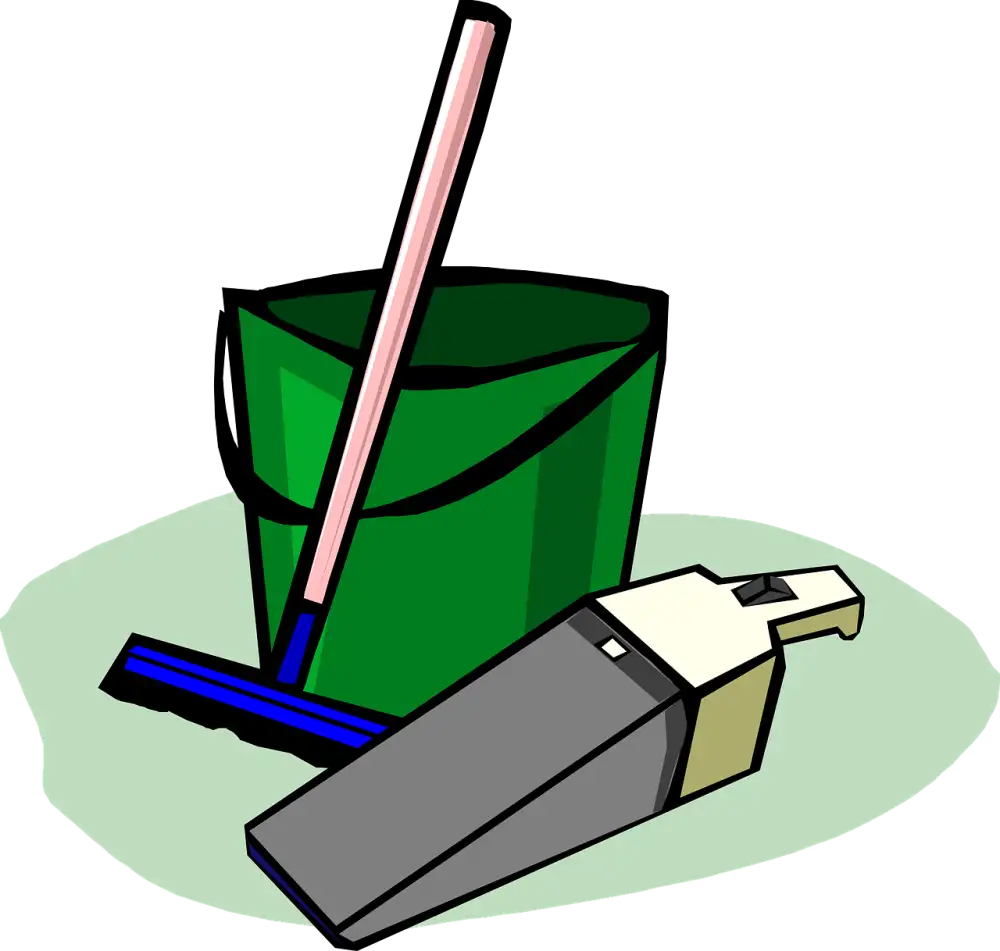Master the Art of Cleaning a Cast Iron Skillet: Essential Tips for a Pristine Home Kitchen

- Gather necessary materials for cleaning
- Preparing the cast iron skillet for cleaning
- Cleaning the cast iron skillet with hot water and a brush
- Removing stubborn residue with salt and oil
- Drying the cast iron skillet thoroughly
- Applying a thin layer of oil to prevent rusting
- Storing the cast iron skillet properly
Cleaning a cast iron skillet is an essential skill for any home cook. This versatile kitchen tool requires special care to maintain its longevity and cooking performance. Whether you're a seasoned chef or just starting out, mastering the art of cleaning a cast iron skillet is crucial for keeping your kitchen pristine. In this article, we will guide you through the step-by-step process of cleaning your cast iron skillet, ensuring it stays in top condition for years to come. So let's dive in and discover the essential tips for achieving a spotless cast iron skillet!
Gather necessary materials for cleaning
To clean a cast iron skillet effectively, it is important to gather the necessary materials beforehand. This will ensure that you have everything you need within reach, making the cleaning process much smoother. Here are the essential materials you will need:
1. Hot water: Hot water is crucial for loosening any stuck-on food particles and residue from the skillet.
2. Brush or sponge: Use a stiff brush or sponge specifically designed for cleaning cast iron. Avoid using abrasive materials that can damage the skillet's seasoning.
3. Salt: Coarse salt acts as a natural abrasive and helps remove stubborn residue without scratching the surface of the skillet.
4. Oil: You will need a high-heat oil such as vegetable oil or flaxseed oil for seasoning and preventing rust on the skillet.
By having these materials ready, you'll be well-prepared to tackle any cleaning challenges that come your way and maintain your cast iron skillet in pristine condition.
Preparing the cast iron skillet for cleaning
Before you start cleaning your cast iron skillet, it is important to prepare it properly. First, make sure the skillet has cooled down completely. Handling a hot skillet can be dangerous and may cause burns. Once it has cooled, use a paper towel or a clean cloth to remove any excess oil or food particles from the surface of the skillet. This will make the cleaning process easier and more effective. Additionally, check for any rust spots or stubborn residue that may require extra attention during cleaning. By taking these steps to prepare your cast iron skillet, you will ensure a thorough and successful cleaning process.
Cleaning the cast iron skillet with hot water and a brush
Cleaning the cast iron skillet with hot water and a brush is an essential step to remove any food residue and maintain its pristine condition. After each use, allow the skillet to cool down slightly before cleaning. Then, rinse it under hot water to loosen any stuck-on food particles. Use a stiff brush or sponge to scrub the surface gently, making sure to reach all corners and crevices. Avoid using soap as it can strip away the skillet's seasoning. The hot water and brush method will effectively clean the skillet without damaging its non-stick properties.
Removing stubborn residue with salt and oil
Removing stubborn residue with salt and oil is an effective method to restore the shine of your cast iron skillet. Start by sprinkling a generous amount of coarse salt onto the surface of the skillet. Then, using a paper towel or a clean cloth, rub the salt into the stubborn residue, applying gentle pressure. The abrasive nature of the salt will help loosen and lift off any stuck-on food particles. Next, pour a small amount of vegetable oil onto the skillet and continue scrubbing with the salt. The oil acts as a lubricant, making it easier to remove any remaining residue. After scrubbing thoroughly, rinse the skillet with hot water to wash away all traces of salt and oil. This technique not only removes stubborn residue but also helps to season your cast iron skillet, enhancing its non-stick properties.
Drying the cast iron skillet thoroughly
After cleaning the cast iron skillet, it is crucial to dry it thoroughly to prevent any moisture from causing rust. To do this, use a clean towel or paper towels to wipe away any excess water. Make sure to pay extra attention to the handle and corners where water may accumulate. Next, place the skillet on a stovetop burner set to low heat for a few minutes. This will help evaporate any remaining moisture. Finally, remove the skillet from the heat and let it air dry completely before proceeding with the next step of applying oil.
Applying a thin layer of oil to prevent rusting
Applying a thin layer of oil to prevent rusting is a crucial step in maintaining the longevity of your cast iron skillet. After drying the skillet thoroughly, it is important to protect it from moisture by applying a light coating of oil. This can be done by using a paper towel or cloth to spread a small amount of vegetable oil or any other high smoke point oil evenly across the surface of the skillet. Make sure to cover all areas, including the handle and sides. The oil acts as a barrier, preventing oxygen and moisture from coming into direct contact with the iron, which can cause rusting. Remember to use just enough oil to create a thin layer and avoid excess buildup that may become sticky over time. By regularly applying this protective layer, you can ensure that your cast iron skillet remains in pristine condition for years to come.
Storing the cast iron skillet properly
Storing the cast iron skillet properly is crucial to maintain its pristine condition. After cleaning and drying the skillet, make sure it is completely cool before storing. Avoid stacking other heavy pans on top of it, as this can cause damage. To prevent moisture buildup and rusting, place a paper towel or cloth inside the skillet to absorb any excess moisture. Finally, store the skillet in a dry and well-ventilated area, away from any humidity or moisture sources. Following these storage tips will ensure that your cast iron skillet remains in perfect condition for years to come.
In conclusion, mastering the art of cleaning a cast iron skillet is essential for maintaining a pristine home kitchen. By following these tips, you can ensure that your skillet remains in top condition for years to come.
To recap, gather all necessary materials before starting the cleaning process. Preparing the skillet by removing any excess food or debris is crucial. Use hot water and a brush to clean the skillet thoroughly, making sure to remove any stubborn residue.
If there are still stubborn stains or residue, try using salt and oil as a gentle abrasive. This will help lift off any remaining food particles without damaging the skillet's surface.
After cleaning, it is important to dry the skillet completely to prevent rusting. Leaving even a small amount of moisture can lead to corrosion over time.
To further protect your cast iron skillet from rusting, apply a thin layer of oil after each use. This will create a barrier between the metal and air, preventing oxidation.
Lastly, store your cast iron skillet properly by placing it in a dry location with good ventilation. Avoid stacking other cookware on top of it to prevent scratches.
By following these final tips and maintaining regular cleaning habits, you can enjoy cooking with your cast iron skillet for many years while keeping it in pristine condition.
Published: 31. 12. 2023
Category: Home



